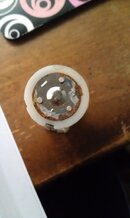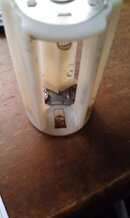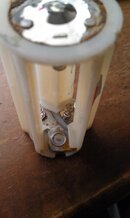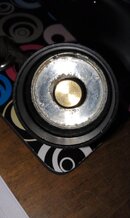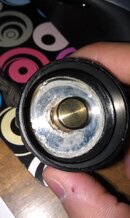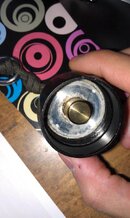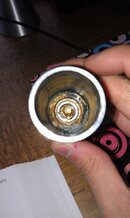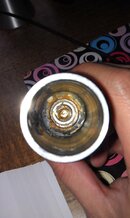'Elephino.
I can tell you what the gov't did after Katrina.
Scrub everything with distilled water and a copper brush. Get rid of the the rust you can. Rinse with distilled water, except the batteries. Do they take a recharge, if they are rechargable? if so, they are okay, for now, but don't depend on it with your life.
Wrap the stuff in a towel, and shake it, to get rid of the excess water. Put it in a pan, and put it in a warm oven - not more than 150 if you can. Turn the oven off. Give it a good half hour.
Afterwords, put it together, being careful to silicone the o-rings and such. I like to lube the threads, too; some people say it breaks the connectivity.
If it works, make it a backup like until it proves itself reliable. If not, you have a good flashlight.
You would be amazed what has been salvaged from flooding.
